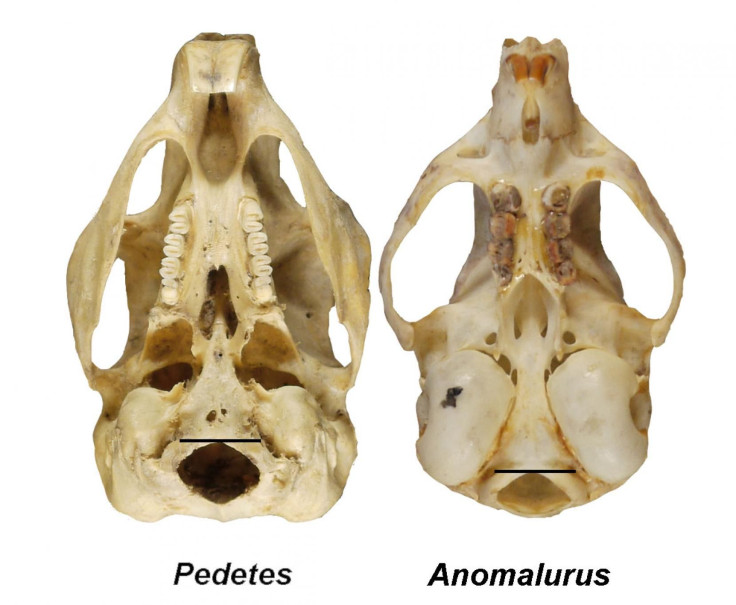Human Evolution: Skull, Two-Legged Walking Evolved Together, Study Claims

While the general idea of evolution of different species of humans from older species of primates is accepted all around, there is still a lot of debate among the scientific community about some of the specifics. One of them concerns the evolution of bipedalism — walking on two feet — in humans and its link to other changes in the anatomy, specifically the skull.
A new study, published in the April issue of the Journal of Human Evolution, claims to weigh heavily on one side of the debate. Titled “Another look at the foramen magnum in bipedal mammals,” the study analyzes the position of the foramen magnum — the hole at the bottom of the skull through which the spinal cord passes — in humans as well as other bipedal species and compares it with their close quadrupedal relatives.
Read: Speech Evolution Can Be Traced Back 25 Million Years
The argument their analysis supports goes something like this: the foramen magnum in bipedal species is shifted forward in order to balance the head directly on top of the spine.
Chris Kirk, an anthropologist at the University of Texas, Austin, and co-author of the study, said in a statement Friday: “This question of how bipedalism influences skull anatomy keeps coming up partly because it’s difficult to test the various hypotheses if you only focus on primates. However, when you look at the full range of diversity across mammals, the evidence is compelling that bipedalism and a forward-shifted foramen magnum go hand-in-hand.”
And toward that end, Kirk and Gabrielle Russo, of Stony Brook University, New York, and lead author of the study, “compared the position and orientation of the foramen magnum in 77 mammal species including marsupials, rodents and primates. Their findings indicate that bipedal mammals such as humans, kangaroos, springhares and jerboas have a more forward-positioned foramen magnum than their quadrupedal close relatives.”
“We’ve now shown that the foramen magnum is forward-shifted across multiple bipedal mammalian clades using multiple metrics from the skull, which I think is convincing evidence that we’re capturing a real phenomenon,” Russo said in the statement.
© Copyright IBTimes 2024. All rights reserved.





















